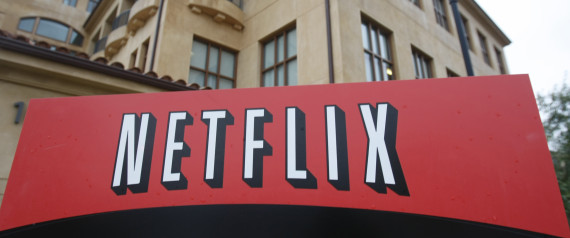Online streaming service Netflix is re-encoding its entire catalog in an attempt to cut data usage by 20 percent.

When it was first established, Netflix’s video algorithm team created a number of encoding levels based on users’ Internet speeds. That meant HD copies of My Little Pony and The Avengers were encoded at the same bitrate, something that didn’t make much sense in retrospect. A simple animated show like My Little Pony does not require the same amount of data to stream in HD as a complex movie like The Avengers , but the two were treated as equals under Netflix’s original system. Later, the engineers realized they could enhance data usage by re-encoding each piece of content in the library.
When the issue was initially discovered, the company tested out genre-specific encoding settings, but soon realized that since every video is unique, it made more sense to create specific encoding details for each one individually. As Netflix is the largest streaming service, it would be very difficult to encode every single thing by hand, so it has recruited researchers at University of Texas, Austin, the University of Southern California, and the University of Nantes to help simplify the process.
The underlying issue is that using a great deal of data forces Netflix to pay large fees to Internet providers like Comcast. Reducing its data requirements would save the company a substantial amount of money while at the same time, provide users with a better experience.
To further enhance efficiency, Netflix already cuts its videos into shorter segments so multiple servers can simultaneously process the content. A large amount of the re-encoding work will happen overnight when most users are asleep, which allows Netflix to repurpose servers used for streaming video during the day.
Additionally, the company is working to launch in developing markets and will need to focus on slower Internet speeds and high mobile usage. While re-encoding its entire library may seem a far-reaching goal, Netflix has valuable reasons to endure the change. But what’s really mind-blowing is that the company’s engineers are considering creating different encoding rules for each individual scene of video once they’ve finished re-encoding the entire library.
Source: Mashable
Advertisement
Learn more about Electronic Products Magazine





